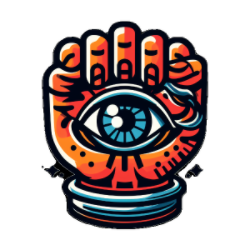As industry practitioners, we pride ourselves on creating innovative solutions and conducting groundbreaking research. But, how often do you reflect on how personal and professional values and priorities influence your work? To work towards more inclusive, ethical, and effective design and research practices, we gotta recognize these biases.
Design and research are both deeply human activities, which makes them vulnerable to the influence of personal and professional values and priorities. These biases can manifest in various ways, such as the choice of research questions, design decisions, or the framing of a problem. In addition, the contexts in which these activities occur, including cultural, economic, and political environments, play a significant role in shaping outcomes.
One example is the way technology is often designed with a predominantly Western, able-bodied, and male perspective, leading to the marginalization of other demographics. This approach can result in products and services that are less effective or harmful for those who don’t fit the mold.
In research, biases arise from funding sources, academic traditions, business priorities, or, in academia, publication pressures, which may prioritize specific topics, methods, or outcomes. Such biases can limit the diversity of perspectives in research and hinder our ability to address the complex, global challenges we face today.
To navigate these biases, consider the following practical implications for industry practitioners:
- Reflect on your values and priorities: Engage in self-reflection and consider how your values and priorities might be shaping your work. Acknowledging your biases can help mitigate their influence.
- Diversify your team: A diverse team brings a range of perspectives and experiences, which can help to identify and address potential biases. Strive to create an inclusive environment that values different voices and opinions.
- Seek external input: Collaborate with stakeholders, community members, or experts from different backgrounds to gather a broader range of perspectives and insights. This can help challenge assumptions and reduce biases.
- Be transparent: Document your decisions, and share your thought processes with your team, your network, or, when appropriate, the public. This can encourage a healthy debate, which can lead to better solutions.
- Embrace an iterative approach: Recognize that design or research is not perfect from the outset. Embrace revisiting and refining your work based on feedback, new perspectives, or changing contexts.
Acknowledging and addressing the biases in our design and research processes can create more inclusive, ethical, and effective solutions that better serve our diverse world.

Leave a comment